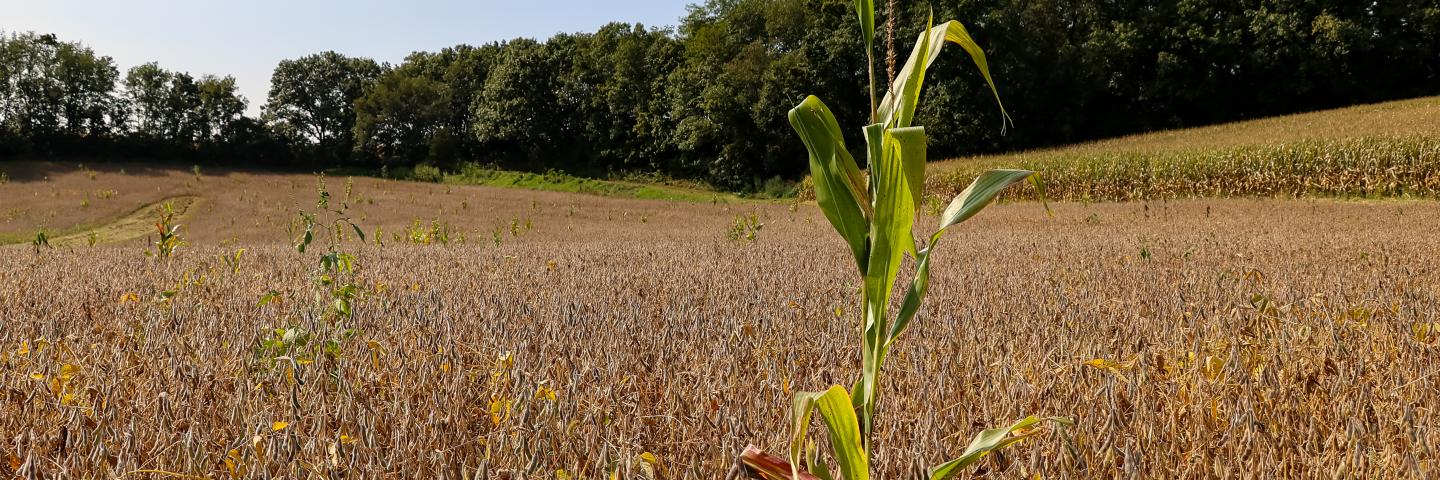NRCS Wisconsin Announces Application Deadline for Conservation Stewardship Program

To be considered for funding, producers should apply by February 7, 2025.
The U.S. Department of Agriculture (USDA) Natural Resources Conservation Service (NRCS) is encouraging farmers, agricultural producers, and forest landowners in Wisconsin to apply for the Conservation Stewardship Program (CSP) by February 7, 2025, to be considered for funding in 2025. Currently, an unprecedented amount of funding is available for CSP through the Farm Bill and the Inflation Reduction Act, which provides $19.5 billion over five years in additional funding for oversubscribed NRCS conservation programs like CSP.
Inflation Reduction Act funding is available to encourage producers to adopt climate-smart practices, new technologies, and management techniques through CSP, earning payments for expanding conservation activities while maintaining agricultural production on their land.
“CSP continues to be a very effective tool for private landowners working to achieve their conservation and management goals,” said Nathan Fikkert, State Conservationist for NRCS Wisconsin, “CSP is the largest conservation program in the United States, the additional of Inflation Reduction Act dollars to the program allows NRCS the opportunity to work with even more agricultural and forestry producers.”
While NRCS program applications are accepted throughout the year, producers interested in CSP should submit their application to their local NRCS office by February 7, 2025, to ensure they are considered for 2025 funding. All eligible applications received by the cutoff will be evaluated and ranked for funding in 2025. Applications are accepted at all USDA Service Centers in Wisconsin.
About the Program
CSP offers technical and financial assistance to help farmers, agricultural producers, and forestland owners take their conservation efforts to the next level. The program is designed to compensate participants who agree to maintain their baseline level of conservation and increase their conservation benefits by adopting additional conservation activities.
Examples of CSP enhancements that are suitable for being adopted by small-scale and urban producers include:
- Planting multi-species cover crops
- Mulching with natural materials
- Establishing pollinator habitats
- Soil health crop rotation
CSP is offered in Wisconsin through continuous signups. The program provides many benefits including increased crop yields, decreased inputs, wildlife habitat improvements and increased resilience to weather extremes. CSP is for working lands including cropland, pastureland, rangeland, nonindustrial private forest land, and agricultural land under the jurisdiction of a tribe.
For additional information about CSP, contact your local USDA Service Center.
#
USDA is an equal opportunity provider, employer, and lender.
Additional Information
Conservation Stewardship Program - Wisconsin
The Conservation Stewardship Program (CSP) can help you identify natural resource problems in your operation and provide technical and financial assistance to solve those problems or attain higher stewardship levels in an environmentally beneficial and cost-effective manner.
Learn More
